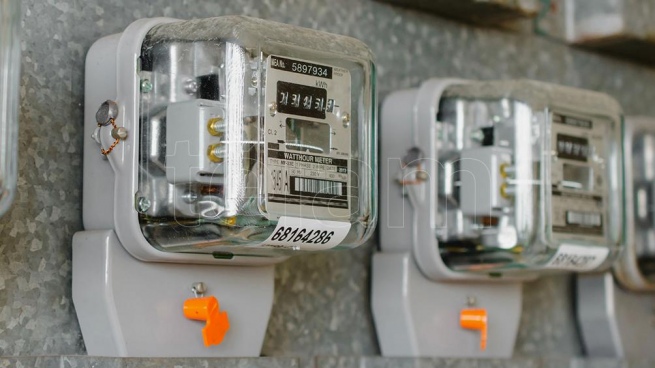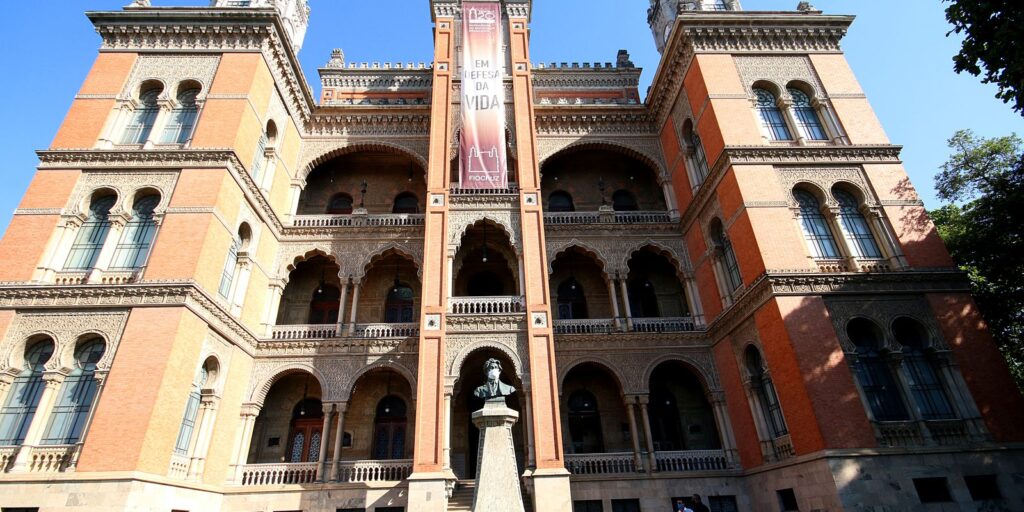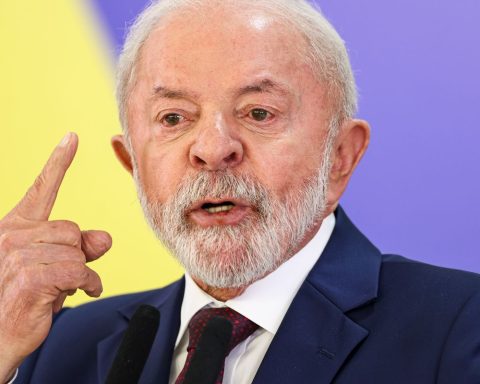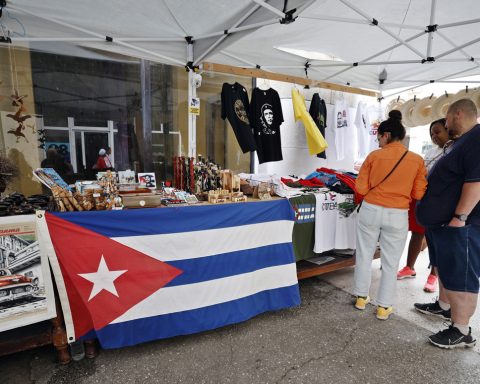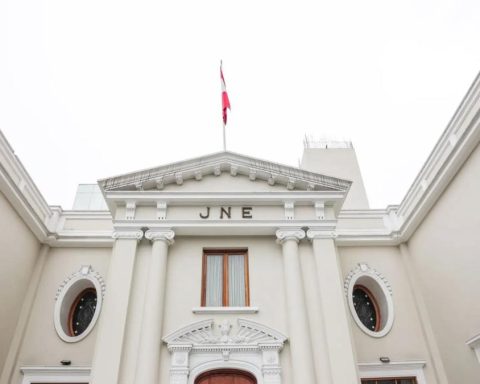The Undersecretary of Strategic Planning, Santiago López Osornio criticized this Thursday the energy subsidy scheme for considering it “pro-rich” and “uniform for all users regardless of their socioeconomic situation.”
López Osornio spoke in his capacity as president of the public hearing convened to analyze the segmentation of rates for natural gas and electricity services.
the official made a presentation prior to the start of the exhibition of 56 registered speakers (two of them alternates), most of whom already participated in the hearings this Tuesday and Wednesday.
“The 50% of the population with the highest income receives 60% of the subsidies for electricity”(Santiago López Osornio
The current subsidy scheme “is pro-rich and there is room to improve allocative efficiency“said the undersecretary, who advocated a rate structure in which “the subsidy is appropriate to the economic capacity of the user.”
“Today the State covers more than 75% of the cost of gas and electricity that is included in the bill” and since no distinctions are made based on socioeconomic capacity, except for the implementation of the social rate, “50% of (the population with) higher incomes receive 60% of the electricity subsidies,” he said.
Likewise, it specified that the decile with the highest level of income allocates 0.9% and 2.2% of its income to the payment of electricity and gas services, respectively. To remedy this situation, López Osornio proposed “gradually withdraw subsidies” to that 10% of the population with greater economic capacity.
“The State covers more than 75% of the cost of gas and electricity that is included in the bill”(Santiago López Osornio
In this way, he added, it will be possible to “improve the distributive impact and reduce dependence on imports.”
Regarding the criteria to be used for the reduction of subsidies, he indicated that the level of consumption “is not considered a good option”, while the geographical criterion “is only efficient in areas of high population density, such as the AMBA But not for the rest of the country.
As a third option, López Osornio considered that the income and equity criteria “have better results with a national scope.”
This Wednesday, from Germany, President Alberto Fernández defended the rate update for gas and electricity services and their segmentation.
This Wednesday in the second hearing, the national authorities estimated that the increase in the final bill for electricity service as of June 1 will be 16.5% for residential users who do not have a social rate, with which in the year will accumulate a rise of 42.72%; and 6.8% for those who have this benefit and an accumulated 21.2%.
The round of hearings had begun on Tuesday for the definition of the new prices that will be in force as of June 1 for natural gas at the Point of Entry to the Transportation System (PIST), an opportunity in which the Ministry of Energy proposed an average 20% increase in service.
This Wednesday, from Germany, President Alberto Fernández defended the rate update for gas and electricity services and their segmentationconsidering that currently “energy is being subsidized to the richest 10 percent of the country, which is not fair on equal terms.”
